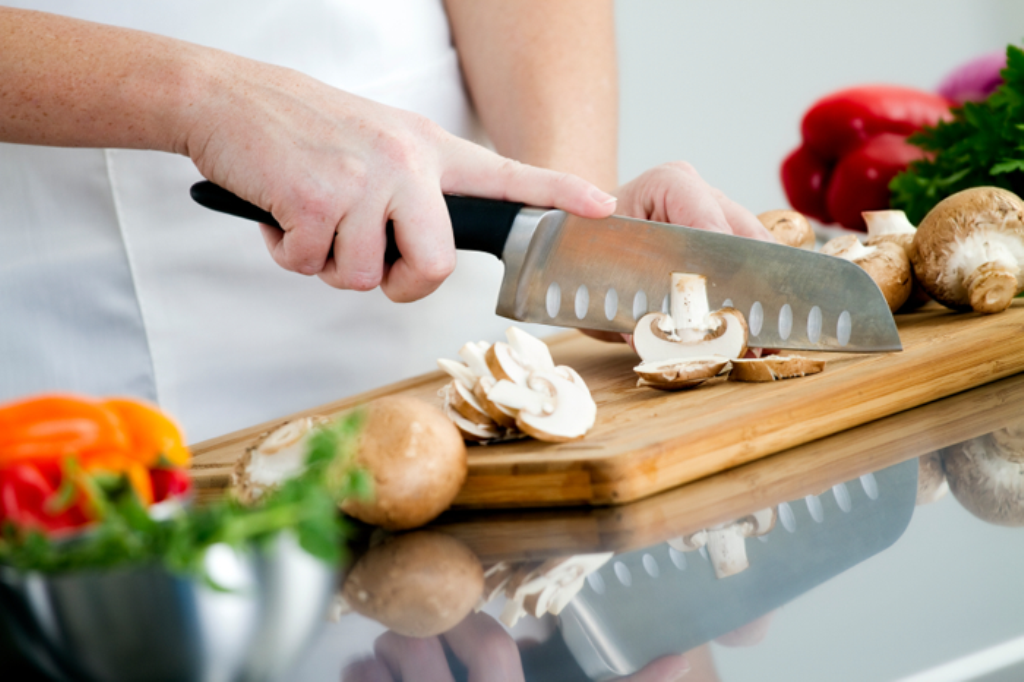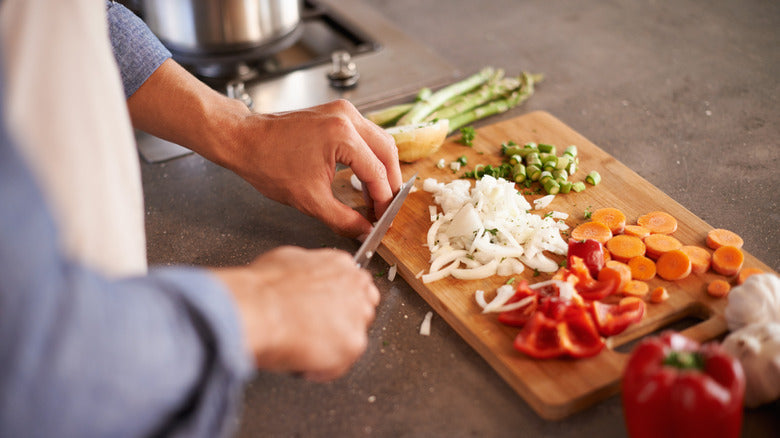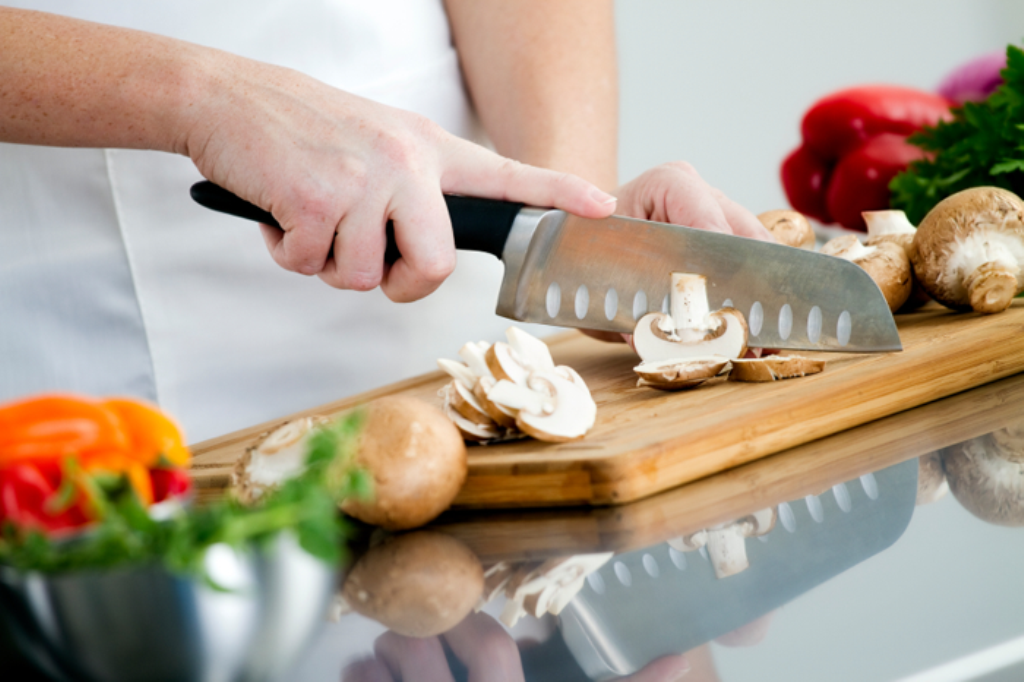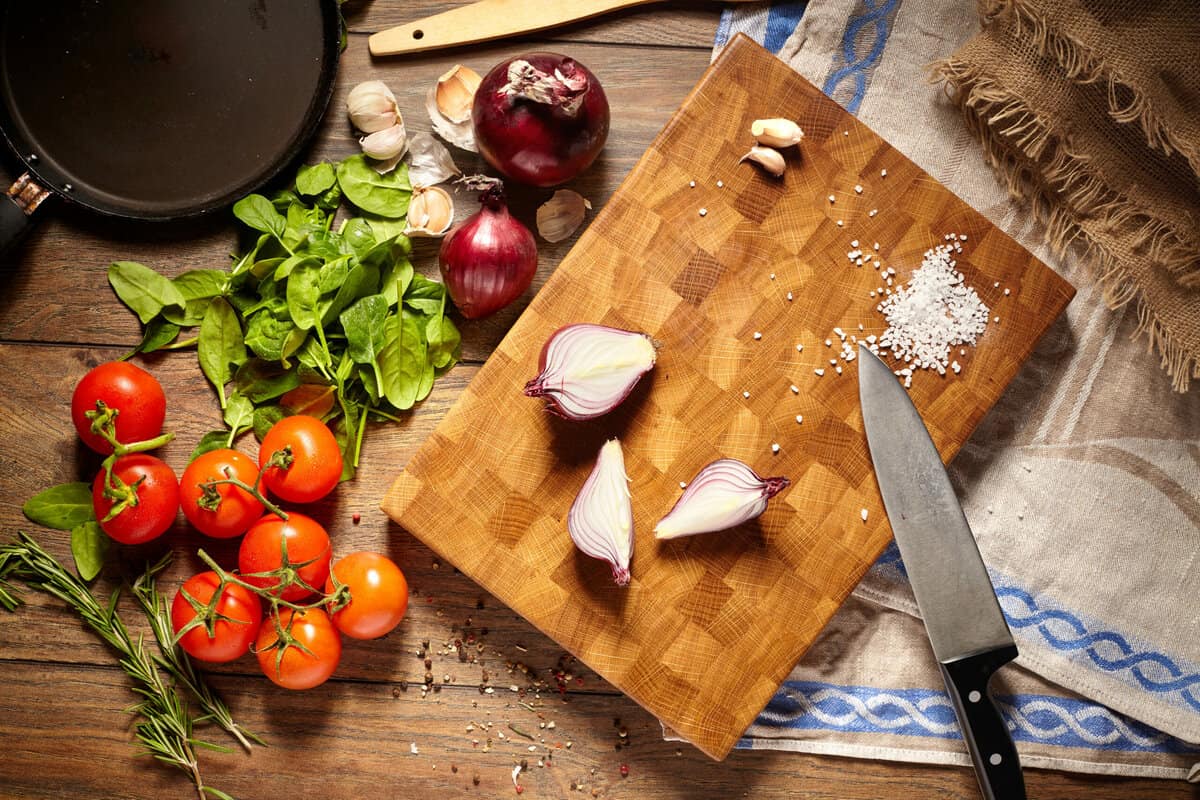As a kitchen professional, your cutting board is among the most critical tools in your culinary arsenal. But do you know how to properly maintain it to ensure it lasts a lifetime? The answer lies in the extraordinary use of mineral oil. In this guide, well dive into the life-changing benefits of using mineral oil for your cutting boards and explain how to use mineral oil on cutting board with precision and care.
Lets explore why this maintenance practice is so valuable, step-by-step, for kitchen professionals like you.

What Is Mineral Oil and Why Does It Matter?
Mineral oil is a food-safe, odorless, and tasteless lubricant that can be easily absorbed by wood cutting boards. Its designed to seal the porous surface of the board, effectively preventing moisture, bacteria, and cracking. For professionals working long hours in the kitchen, this can ensure the longevity and hygiene of their cutting boardsa tremendous benefit that should not be overlooked.
Interested in more ways to maintain cutting boards? Check out these tips on how to sand them.
Why Mineral Oil Is Approved For Kitchen Professionals
- Prevents cracking and splitting of your cutting board.
- Stops the absorption of unwanted odors and stains.
- Easy-to-apply and budget-friendly.
- Ensures a smooth cutting surface for your knives.
For wood preferences, visit this guide on wood types.
Step-By-Step Guide to Applying Mineral Oil
Follow these steps to properly apply mineral oil to your cutting board.
- Clean the cutting board: Wash with warm, soapy water, then let it dry completely.
- Warm the mineral oil: Slightly heat (not boil) the oil for even absorption.
- Apply generously: Use a clean cloth to spread the oil evenly across the surface. Don't forget the sides!
- Let it soak: Leave the board overnight to absorb the oil.
- Remove excess oil: Wipe off any remaining oil to avoid a sticky surface.
For more tips on cleaning, visit this care guide.
When Should You Oil Your Cutting Board?
If you're unsure when its time to reapply mineral oil, here are some shocking signs:
- The wood seems dry or rough to the touch.
- Water no longer beads on the surface.
- Cracks or stains are beginning to form.
- The board absorbs odors from past use.
As a rule of thumb, aim to oil the board every 2-4 weeks.
Extra Pro Tips
Avoid cooking oils like olive or vegetable oilthey can turn rancid and ruin your board. For stain removal, heres a quick guide for kitchen professionals.
Minimize cross-contamination by designating separate boards for raw meats and vegetables. Learn more here.

FAQs on Cutting Board Mineral Oil Techniques
1. Can I Use Any Type of Mineral Oil?
No. Only use food-grade mineral oil for your cutting boards.
2. How Much Oil Should I Apply?
A generous coating is important, but avoid oversaturating as this can lead to a sticky surface.
3. Is Mineral Oil Safe for All Cutting Boards?
Yes, mineral oil is safe for all wooden cutting boards, including bamboo.
By following these steps, you can extend your board's life while improving its functionality and hygiene. For more advice on reducing contamination risks, visit assigning board categories.
This article contains affiliate links. We may earn a commission at no extra cost to you.






Leave a comment
This site is protected by hCaptcha and the hCaptcha Privacy Policy and Terms of Service apply.